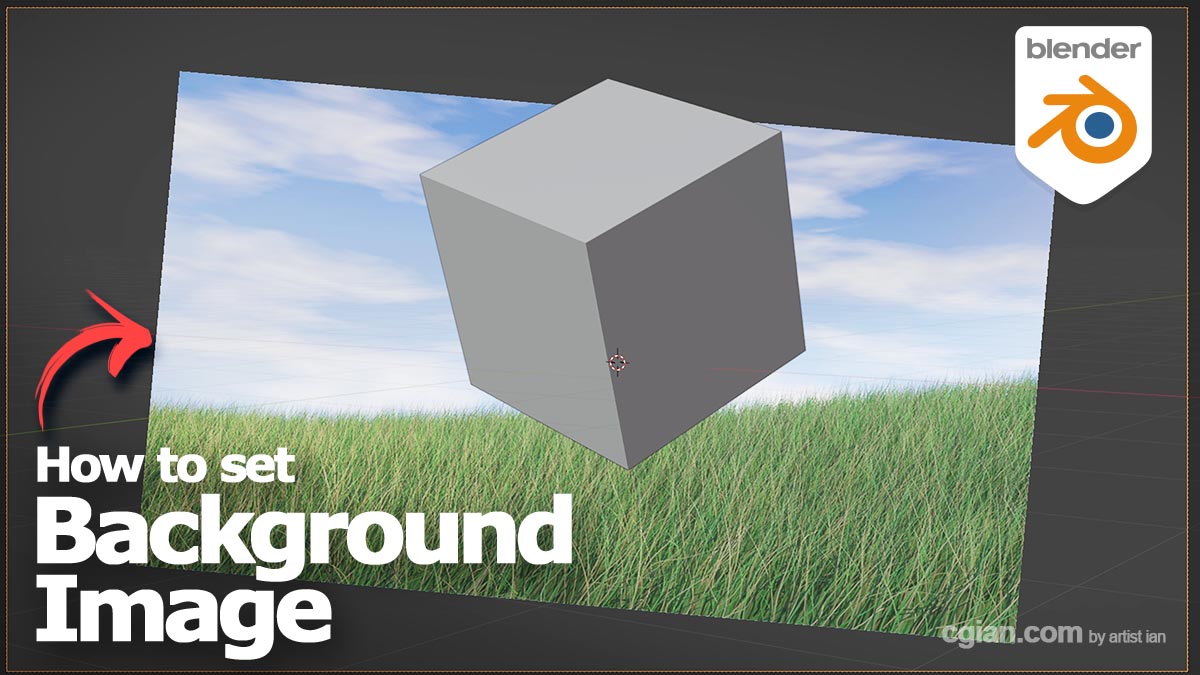3 Ways to Add Video Backgrounds

Video backgrounds have become an increasingly popular design element in modern web development, offering an engaging and immersive experience for users. The integration of video as a background can elevate the visual appeal of websites, enhance brand storytelling, and create a unique, memorable online presence. In this article, we will explore three effective methods to add video backgrounds to your web projects, delving into the technical aspects, best practices, and potential challenges.
Method 1: Utilizing HTML5 Video Element

The HTML5 video element is a powerful tool for incorporating video backgrounds into your web pages. It provides a straightforward way to embed videos and control their playback, making it an excellent choice for developers seeking simplicity and browser compatibility.
Technical Implementation
To implement a video background using the video element, follow these steps:
-
Prepare your video file: Ensure your video is in a web-friendly format such as MP4, WebM, or Ogg. These formats offer wide browser support and optimal performance.
-
Add the video element to your HTML structure: Wrap your video source within the
tags. You can include multiple sources for different formats to enhance browser compatibility. -
Apply CSS styling: Use CSS to position the video element and set it as the background of your desired container. For example:
.video-background { position: absolute; top: 0; left: 0; width: 100%; height: 100%; z-index: -1; object-fit: cover; }
Advantages and Considerations
-
Browser Compatibility: HTML5 video is widely supported across modern browsers, ensuring a consistent user experience.
-
Ease of Use: The video element provides a simple and intuitive way to embed videos, making it accessible for developers of all skill levels.
-
Performance: By setting the
autoplay,muted, andloopattributes, you can optimize video playback for a seamless background experience. -
Size Constraints: Video files can be large, impacting page load times. Consider optimizing your video for web delivery to maintain performance.
Method 2: CSS Background Video

Implementing video backgrounds using CSS offers a flexible and creative approach, allowing developers to style and control the video playback directly through CSS properties.
Technical Steps
To create a CSS background video, follow these steps:
-
Prepare your video file: As with the HTML5 method, ensure your video is in a web-friendly format.
-
Use the
background-imageproperty: Set the video as the background image of your desired container using thebackground-imageCSS property..video-background { background-image: url(‘your-video.mp4’); background-size: cover; background-position: center; background-repeat: no-repeat; position: absolute; top: 0; left: 0; width: 100%; height: 100%; z-index: -1; } -
Add the
element: Embed theelement within your HTML structure, ensuring it loads the same video source.
Pros and Cons
-
Flexibility: CSS background video allows precise control over video positioning, sizing, and layering, offering creative freedom.
-
Performance: By hiding the
element withdisplay: none, you can reduce the impact on page load times. -
Limited Browser Support: While CSS background video is supported by modern browsers, older versions may not display the video correctly.
-
Lack of Native Controls: Unlike the HTML5 method, CSS background video does not provide native playback controls.
Method 3: Video Background Libraries
Video background libraries offer pre-built solutions, simplifying the implementation process and providing additional features and customization options.
Library Recommendations
Two popular video background libraries are:
-
Background Video.js: A lightweight library that allows developers to add video backgrounds easily, offering options for custom controls and responsive design.
-
jQuery Background Video: This library provides a straightforward way to embed video backgrounds, supporting multiple video formats and offering easy customization.
Benefits and Drawbacks
-
Simplicity: Video background libraries streamline the implementation process, making it accessible for developers without extensive video integration experience.
-
Additional Features: Libraries often offer extra functionalities, such as custom controls, responsive design, and video optimization tools.
-
Performance Impact: Depending on the library’s complexity and the features utilized, performance may be affected, especially on less powerful devices.
-
Library Dependency: Relying on external libraries can introduce potential compatibility issues and increase the maintenance overhead.
Conclusion
Adding video backgrounds to your web projects can significantly enhance user engagement and create a unique visual experience. Each of the methods outlined above offers distinct advantages and considerations, catering to different project requirements and developer preferences. Whether you opt for the simplicity of HTML5 video, the creative flexibility of CSS background video, or the convenience of video background libraries, ensure you prioritize performance, browser compatibility, and user experience to create an exceptional video background integration.
How can I ensure smooth video playback for video backgrounds?
+To achieve smooth video playback, consider optimizing your video files for web delivery. This can involve reducing the file size, adjusting the resolution, and utilizing codecs that are efficient for web playback. Additionally, setting the autoplay, muted, and loop attributes when using the video element or hiding the element with display: none can further enhance performance.
Are there any accessibility considerations for video backgrounds?
+Yes, it’s essential to consider accessibility when implementing video backgrounds. Ensure that your video has proper captions or transcripts for users with hearing impairments. Additionally, provide alternative text or a fallback image for users with video playback disabled or for those using screen readers.
What are some creative ways to utilize video backgrounds in web design?
+Video backgrounds can be used creatively to enhance storytelling and create a unique brand identity. Some ideas include using video loops to set the scene for a webpage, incorporating interactive elements that react to the video, or using video transitions to guide users through different sections of your website.


